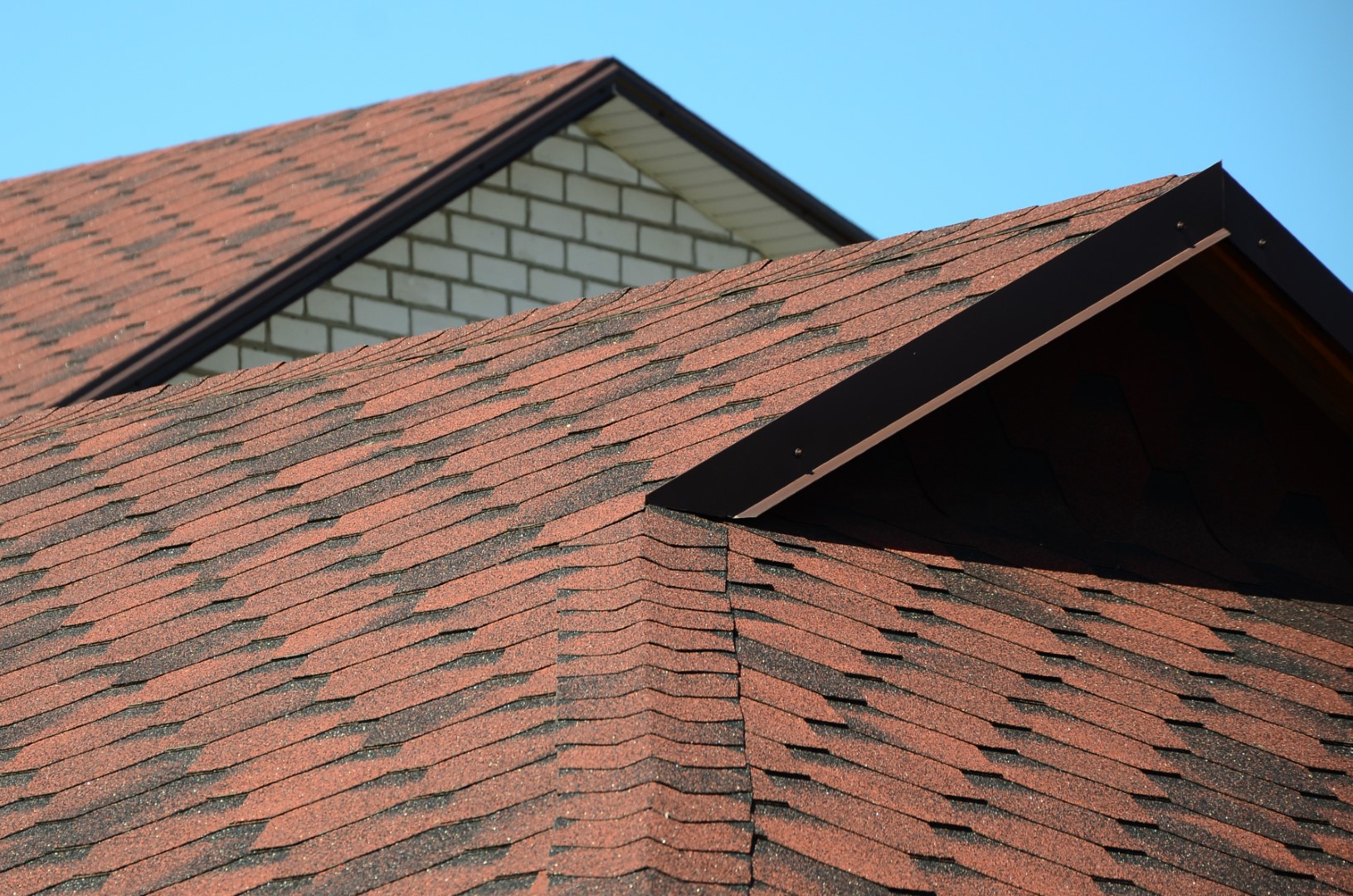When it comes to designing a home, every aspect plays a crucial role in creating a harmonious and functional space. One often overlooked element is the choice of roofing materials. While it may seem like a minor detail, the roofing materials can significantly impact the overall aesthetics and functionality of a home. In this blog, we will explore why roofing materials matter in home architecture and how they can transform a house into a beautiful and sustainable living space.
Aesthetics
The first thing people notice about a house is its exterior, and the roofing materials significantly shape its visual appeal. Different roofing materials, such as asphalt shingles, metal roofs, clay or concrete tiles, and slate roofs, offer a wide range of styles and colors to choose from. Each material has a unique texture and appearance, allowing homeowners to customize their homes to reflect their style.
Moreover, the choice of roofing materials should complement the house’s architectural style. For instance, asphalt shingles are commonly used in traditional and contemporary homes, while metal roofs are often seen in modern and industrial designs. By selecting the right roofing material, homeowners can enhance their property’s overall aesthetics and curb appeal.
Energy Efficiency
In today’s environmentally conscious world, energy efficiency is a crucial consideration in home design. The roofing materials used can significantly impact the energy consumption and comfort levels inside the house. For example, certain materials provide better insulation, reducing heat transfer between the interior and exterior of the home. This insulation factor helps to maintain a comfortable temperature year-round and reduces the reliance on heating and cooling systems.
Metal roofs, for instance, are known for their excellent thermal properties. They reflect solar radiation, keeping the house cooler in hot climates, and retaining heat during colder seasons. This energy-efficient feature can lead to reduced energy bills and a smaller carbon footprint.
Durability and Maintenance
Roofing materials should be visually appealing, energy-efficient, durable enough to withstand various weather conditions, and require minimal maintenance. Different materials offer varying levels of durability and longevity. For example, asphalt shingles are widely used for their affordability, but they tend to have a shorter lifespan compared to other options.
On the other hand, clay or concrete tiles and slate roofs are known for their exceptional durability and resistance to fire, wind, and extreme weather conditions. While these materials may have a higher upfront cost, they often require minimal maintenance and can last for decades, making them a cost-effective choice in the long run. By partnering with a reputable roofing company, property owners can benefit from regular maintenance plans that include inspections, cleaning, using quality materials, and minor repairs as needed. Regular maintenance performed by qualified professionals also ensures that the roofing material remains in optimal condition, maintaining its aesthetic appeal and functionality over time.
Popular Roofing Materials and Their Advantages
Now that we understand the impact of roofing materials on home design let’s take a closer look at some popular options and their advantages:
Asphalt Shingles
Asphalt shingles are a widely used and affordable roofing option. They come in a variety of colors and styles, allowing homeowners to achieve the desired look for their homes. With proper installation and maintenance, asphalt shingles can last up to 20 years, providing a cost-effective solution for many homeowners.
Metal Roofs
Metal roofs have gained popularity in recent years due to their durability, energy efficiency, and contemporary aesthetic. They are available in various materials such as steel, aluminum, and copper. Metal roofs can last over 50 years and are highly resistant to fire, insects, and rot. Their reflective properties make them an excellent choice for homes in hot climates, reducing cooling costs.
Clay or Concrete Tiles
Clay or concrete tiles are known for their elegant and timeless appearance. They are available in various shapes, colors, and finishes, allowing homeowners to create unique and sophisticated looks. These tiles are extremely durable and can withstand harsh weather conditions, including hurricanes and earthquakes. Additionally, they have excellent thermal properties, keeping the house cool in warm climates.
Slate Roofs
Slate roofs are the epitome of luxury and sophistication. They offer a distinctive appearance with their natural beauty and unique textures. Slate is an incredibly durable material that can last for over a century with proper care. It requires minimal maintenance and is highly resistant to fire, making it an excellent choice for homeowners seeking long-term durability and aesthetics.
Considerations When Choosing Roofing Materials
While understanding the advantages of different roofing materials is important, there are several factors to consider when making a decision:
Climate and Weather Conditions
It is essential to choose roofing materials that can withstand the climate and weather conditions in your area. Some materials are better suited for hot and sunny climates, while others are more suitable for cold and snowy regions. Consider factors such as resistance to wind, rain, snow, and extreme temperatures when selecting roofing materials.
Cost and Budget
The initial cost of roofing materials should be balanced with long-term savings and durability. Cheaper materials may require more frequent repairs or replacement, resulting in higher costs in the long run. It’s important to evaluate the lifespan, maintenance requirements, and potential energy savings of different materials to determine the overall cost-effectiveness.
Maintenance Requirements
Consider the level of maintenance each roofing material requires. Some materials may require regular inspections, cleaning, or repairs, while others may be more low-maintenance. Assess your willingness and ability to maintain the roof properly to ensure its longevity.
Architectural Style
The roofing material should complement the architectural style of your home. Certain materials may be more suitable for specific architectural designs, enhancing the overall aesthetics and cohesion of the house.
Environmental Impact
Take into account the environmental impact of the roofing materials. Some materials are more sustainable and environmentally friendly than others. Look for materials that are recyclable, energy-efficient, and have a minimal carbon footprint.

Roofing materials play a significant role in the design and functionality of a home. They contribute to the overall aesthetics, energy efficiency, durability, and maintenance requirements of the house. By carefully considering the advantages and disadvantages of different roofing materials, homeowners can make an informed decision that aligns with their needs, budget, and architectural style. Whether it’s asphalt shingles, metal roofs, clay or concrete tiles, or slate roofs, the choice of roofing material can transform a house into a beautiful and sustainable living space.
Discover more from Futurist Architecture
Subscribe to get the latest posts sent to your email.

![modern apartment [article_title]](https://www.futuristarchitecture.com/wp-content/uploads/2025/03/10-Regal-Tricks-to-Crown-Windows-With-Valances-900x600.jpg)

![modern apartment [article_title]](https://www.futuristarchitecture.com/wp-content/uploads/2025/03/7-Calm-Tricks-to-Mute-Like-a-Forest-With-Sound-Absorbing-900x492.jpg)